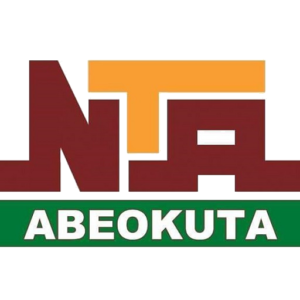
Organizational WASTE is called any ineffective use of financial, human, technical or temporal resources, as it reduces the level of efficiency and prevents the achievement of goals set at the lowest cost and higher quality. Therefore, we find that the institutional waste in the public and private sectors emerges in several aspects, the most important of which are the following aspects:
– Strategic planning: weak linking between plans, initiatives and major goals of the institution, for example: projects that do not serve the institution’s priorities, poor coordination between departments, and the development of unrealistic implementation plans.
Human resources: poor employment or distribution of competencies in tasks that are not commensurate with their capabilities or the needs of the institution, for example: duplicate jobs, lack of investment of specialized skills, and poor productivity compared to the number of employees.
Financial waste: disbursing financial resources without achieving the expected return or spending in other than priorities, for example: exceeding the costs of projects, not taking advantage of the designated budgets, and spending on low -impact projects.
– Wasting assets and property: poor management of assets owned by the entity or not exploiting them in an optimal way, for example: abandoned buildings or equipment, assets that work with low efficiency, and ineffective maintenance.
Power waste and operational facilities: consumption of operating resources in a way that exceeds the actual need or in non -economic ways, for example: lighting and operating facilities outside working hours, leaks in air conditioning or water systems, and weak energy efficiency.
Technical and informational waste: the presence of frequent or conflicting systems or data, poor integration between information systems, for example: indisputable systems, conflicting data between departments, and the weak use of artificial analysis and intelligence tools.
– Wasting purchases and supply chains: weakness in planning and implementing purchases and contracting in a way that waste savings and improvement opportunities, for example: buying quantities exceeding need, lack of real competition in contracts, and weak governance in supply procedures.
– Wasting services and communicating with customers: weakness in designing or providing services in a way that causes customer discontent and increases costs, for example: requesting duplicate documents, weak digital support channels, and the length of the service course.
– Wasting institutional learning and development: the absence of continuous learning or resistance to change and internal development, for example: the modest training and continuous counseling programs, the lack of analysis and benefit from them, and resisting change in procedures and policies.
Wasting time: Loss of time in tasks or procedures is not of direct value added to work or customers, for example: slow decision -making, multiple committees without clear results, and unproductive long meetings.
There is no doubt that the senior management in each institution must realize that its responsibilities not only stand when monitoring waste, but also in establishing sustainable systems to monitor, measure and address waste systematically and controlled.






